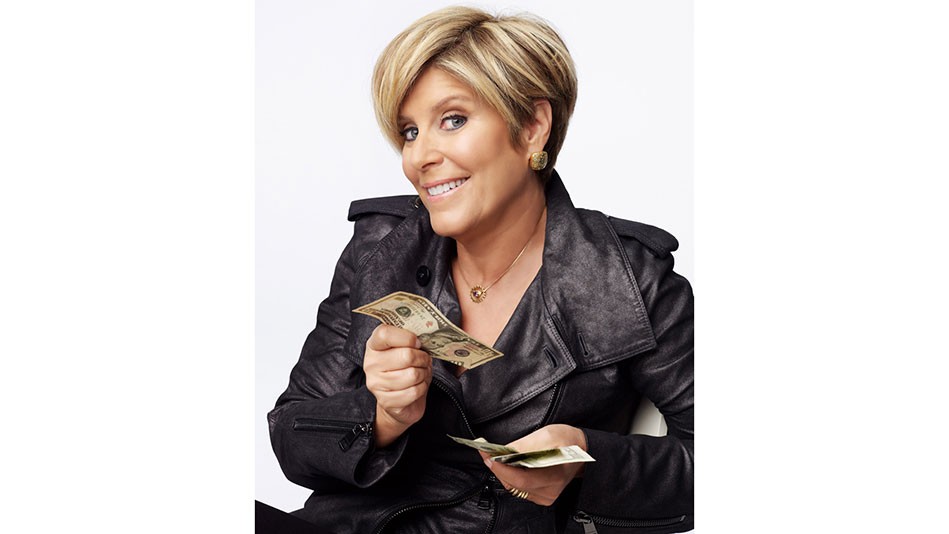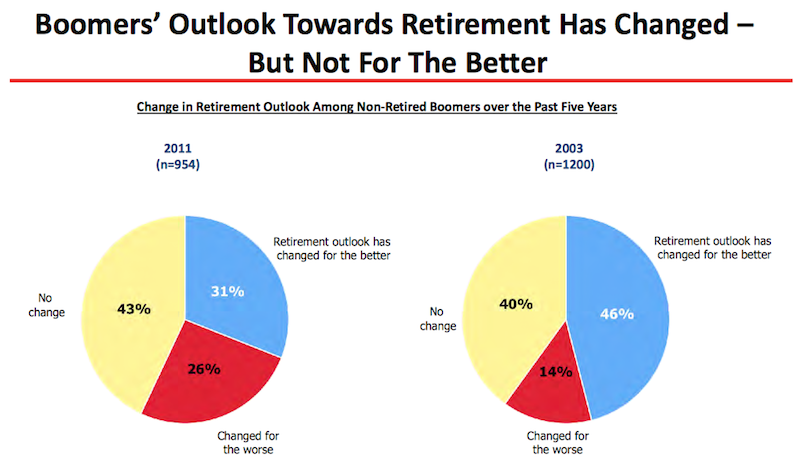AARP Funds Not Necessarily Golden
Post on: 18 Июль, 2015 No Comment

One of the best-known names in retirement now offers a way of getting there. AARP, the membership and advocacy group for people age 50 and older, recently launched its own mutual fund family. AARP’s three new funds aim to make it easy and inexpensive to save up for one’s golden years. Though the funds could attract some investors with their low costs and investment minimums, other products may offer greater returns down the road.
AARP Conservative Fund, AARP Moderate Fund, and AARP Aggressive Fund are the latest in a wave of investment products that do investors’ asset-allocation work for them (see BW, 4/25/05, A Nest Egg That’s a No-Brainer). It’s a much simpler way to invest, because you get an instant portfolio in one purchase, says Nancy Smith, vice-president of investment services for the newly formed AARP Financial, based in Tewskbury, Mass. The funds are subadvised by a subsidiary of exchange-traded fund giant State Street Global Advisors and distributed by Denver-based ALPS Distributors.
REPLACING SCUDDER. AARP Financial isn’t the group’s first move into the mutual fund industry. For more than 20 years, AARP allowed Scudder Investments (currently owned by Deutsche Asset Management, which recently changed the fund unit’s name to DWS Scudder) to offer a special no-load class of its funds to AARP members. This relationship ended Dec. 31, 2005, as AARP readied its own offerings.
The new AARP funds spread assets across three underlying portfolios of stocks, bonds, and other securities. They mimic the MSCI U.S. Investable Market 2500 index for U.S. stocks, the MSCI EAFE index for international stocks, and the Lehman Brothers Aggregate Bond index for U.S. bonds. The funds rebalance regularly to match a certain risk-tolerance level.
Investors poured $30.8 billion into similar asset-allocation offerings last year, according to Boston-based Financial Research Corp. (FRC), and assets in such funds have jumped from $54.5 billion at the end of 2002 to $143.5 billion at the end of 2005.
The AARP funds boast relatively competitive pricing, but there are cheaper options. Each AARP fund carries an expense ratio capped at 0.5% through Nov. 1, 2007. Still, the comparable Vanguard LifeStrategy Moderate Growth Fund (VSMGX) charges only 0.25%. That fund also includes an active element, investing 25% of its assets in Vanguard Asset Allocation (VAAPX). The actively managed Fidelity Asset Manager: Growth (FASGX) is a bit costlier at 0.82%, but Fidelity Four-in-One Index (FFNOX) has a 0.21% price tag.
EASY ENTRY. Low investment minimums mean even investors without much spare cash can start socking away for retirement. The AARP funds require an initial investment of at least $100. Investors contributing through an automatic investment program can get started for as little $25, Smith says. By comparison, the Vanguard LifeStrategy funds have an initial investment minimum of $3,000 for most accounts, and the Fidelity Asset Manager funds call for $2,500.
However, simplicity may come at a cost, analysts say. The AARP funds don’t currently invest in emerging-markets stocks, though the prospectus permits them to do so as the funds grow. They could be potentially leaving some returns on the table, says Philip Edwards, managing director of Standard & Poor’s Investor Services. Nor do the funds address retirees’ need for current income, he says. AARP’s Smith says the group may develop an income product down the road.

The funds also face competition from even simpler offerings (see BW Online, 2/24/06, Jump-Start a Lifetime of Saving). This kind of portfolio is not where the money’s at right now, says Lipper research analyst Jeff Tjornehoj. Target-date funds — one-stop shopping portfolios that automatically grow more conservative as they approach a certain retirement date — have been gaining ground on funds like AARP’s, which remain static. Assets in target-date funds nearly doubled in 2005, rising to $70.1 billion from $43.8 billion at the end of 2004, according to FRC.
Meanwhile, AARP’s foray into index-based investing comes as the indexing world has been trimming fees. It could be difficult for them to gain much headway given all the competition out there, especially on the price side, says Morningstar (MORN) fund analyst Greg Carlson. Industry heavyweights Fidelity and Vanguard traded fee cuts on their index funds throughout 2005.
REACHING CUSTOMERS. Another challenge for AARP will be selling the funds to the millions of investors who work with a financial intermediary, fund watchers say (see BW Online, 4/8/05, Finding the Right Money Coach). The ranks of the do-it-yourselfers have steadily decreased over the last 10 years, says Jeff Keil, principal at industry consultancy Keil Fiduciary.
Even the simplest funds may prompt questions, AARP’s Smith acknowledges. Investors can speak with salaried phone representatives for guidance as they decide whether to put assets in the funds.
AARP plans to promote the funds through direct mail, telephone calls, and eventually media advertising, she says, and the products are available to anyone, not just the group’s 35 million members. Though AARP has the marketing power, mutual funds may be one area that’s tough to crack.














